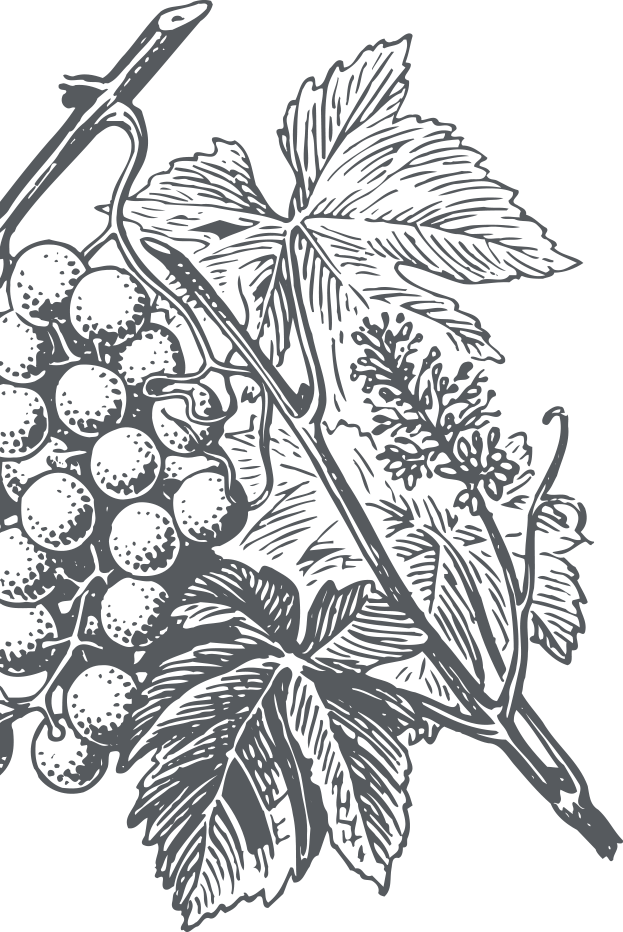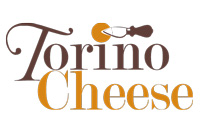A good glass of wine is a pleasure which involves all our senses.
The serving temperature is very important for being able to enjoy every bottle of wine. Thus, one will need to select the bottle in advance before serving with reference to the following list which will help to keep bottles at the best temperature before and during serving.
- Light dry white wines: 8-10° C (46 – 50° F)
- Mature dry white wines: 10-12° C (50 – 54° F)
- Spumanti (sparkling white wines): 8-10° C (46 – 50° F)
- “Rosé” and “novellos”: 10-14° C (50 – 57° F)
- Young red wines: 14-16° C (57 – 61° F)
- Mature red wines: 16-18° C (61 – 64° F)
- Sweet wines: 8-10° C (46 – 50° F)
- Port, liqueurs, and dessert wines: 8-18° C (46 – 64° F)
If a bottle of “Spumante”, or sparkling white wine is still at room temperature when serving, it should be prepared in the traditional way which consists of placing the bottle in a “seau à glace” (ice bucket) filled one third water and ice and then adding a handful of salt to the water to accelerate the chilling process. The bottle will be ready to serve in about 0 minutes. When opening a bottle of wine it is advised to avoid overly complicated corkscrews.
Complicated corkscrews are sometimes better to look at than they are practical. The classic “sommelier” type is preferred, even better if you have a “double lever” type (or “butterfly” type), not too bulky and very practical. After having made a cut around the neck of the bottle horizontally, proceed in the same way vertically and free the foil cap. After having cleaned the top of the cork with a cloth, insert the spiral of the corkscrew in the center of the cork proceeding with care to avoid inserting it too far and thus preventing particles of cork entering the bottle. If you use a single lever corkscrew, make sure the spiral has been inserted correctly, you can proceed with the second step that will allow you to remove the cork with a small final rotation carefully avoiding the undesired “pop”.
To open a bottle of Spumante, or “sparkling white wine”, with a “mushroom cork”, keep in mind of how much pressure is inside the bottle (there can be as much as 6-7 atmospheres of pressure) because there could be complications if you don’t take care.
As a result, removing the paper foil from the cork using the strap provided or cutting it away with the corkscrew knife (sommelier version) or even the tip of the corkscrew as illustrated before for the opening of a normal bottle. Then remove the wire cap by untwisting the “eye” and being careful not to let the cork escape or “shoot off” by keeping a thumb over it with your free hand. Once the cage and capsule are removed, tilt the bottle and, gripping the cork tightly, twist it off until it has been removed, carefully avoiding, as already advised, the “pop”. In the case of difficult corks, using a cloth to help grip or appropriate pliers can also be used. Most importantly, remember to open wine one hour before the meal and possibly decanter it, which is pouring it in an appropriate container that assists with the oxygenation, or “breathing” and the releasing of the desired bouquet (essential for aged red wines). And most importantly, appropriate stemware should be selected. This will play an important role in enhancing the color, fragrances, perfumes and the aromas of the wine. The color of the wine can give important information about the features such as the varietal and the age. This means that the glass must be plain and clear without any residues and/or imperfections that may distort the natural characteristics of the wine. Remember that a good glass of wine is a pleasure which involves all our senses:
- Vision, first of all, allows us to better understand the clarity and the various tones of colour as well as the presence and importance of the “legs” from the effects of the alcohol, glycerol and the sugars present in the wine;
- Smell will allow us to perceive the entire assortment of odors directly through the nose or upper nasal cavities;
- Taste, involving an explosion of thousands perceptions on our palate, will allow us to detect what is present in the wine. These stimulate our sensory systems provoking sensations that articulate and match our experience and our memories. They provoke a perception which makes us distinguish tastes of sweet, sour, bitter and salt (not reflective of wine) or through smell, impression in the mouth, total flavour in the mouth, and aftertaste. Every one of us carries with them an irreplaceable personal database of tasting experiences that grows with every tasting.
- The sense of touch on the tongue makes us guess the tannins, the sensation of contact with the tongue, tangy with the warmth of the alcohol and the bubbles of Spumante.
- And lastly, hearing. Why hearing? Purists drift away from this last item but it is important to mention that with Spumante, in complete silence, it is possible to hear the gentle gurgle of the bubbles that rise up in the flûte experiencing not an organoleptic sensation, but another sensation that is related to the harmony of clinking glasses together when toasts are proposed to celebrate a special occasion.



